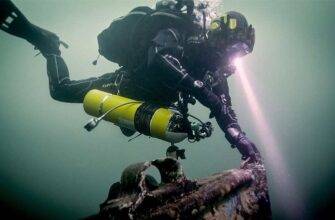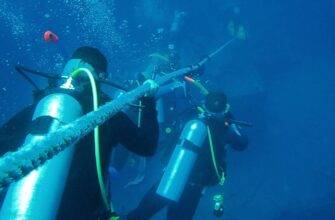Oxygen in high concentrations, even at atmospheric pressure acts on the body as a chrono-concentration poison. Thus, at an oxygen partial pressure of 1 ATA (breathing pure oxygen in atmospheric conditions), already after 72 hours of breathing in the lungs develop inflammatory phenomena.
At higher partial pressures oxygen inflammatory phenomena in the lungs do not have time to develop, because a few minutes later convulsions, respiratory arrest and loss of consciousness occur. This occurs due to oxygen intoxication of the central nervous system (CNS).
In medical practice, oxygen is measured and limited by doses. In technical diving, instead of doses, it is customary to use limits based on the maximum allowable R2 and oxygen limit time limit. Individual tolerance to elevated oxygen levels varies greatly and can vary from day to day. Studies have shown that CNS oxygen intoxication can occur when breathing a mixture with an oxygen partial pressure greater than 1.6 ATA or when the oxygen time limit for a given RON2 is exceeded.
Manifestation of oxygen intoxication. CNS intoxication under water is likely to result in drowning of the victim, due to the onset of convulsions and respiratory arrest (apnea). An attempt to raise him to the surface in this state is associated with a high risk of barotrauma and arterial gas embolism. So, in both cases, the probability of fatal outcome is very high.
Read More:




